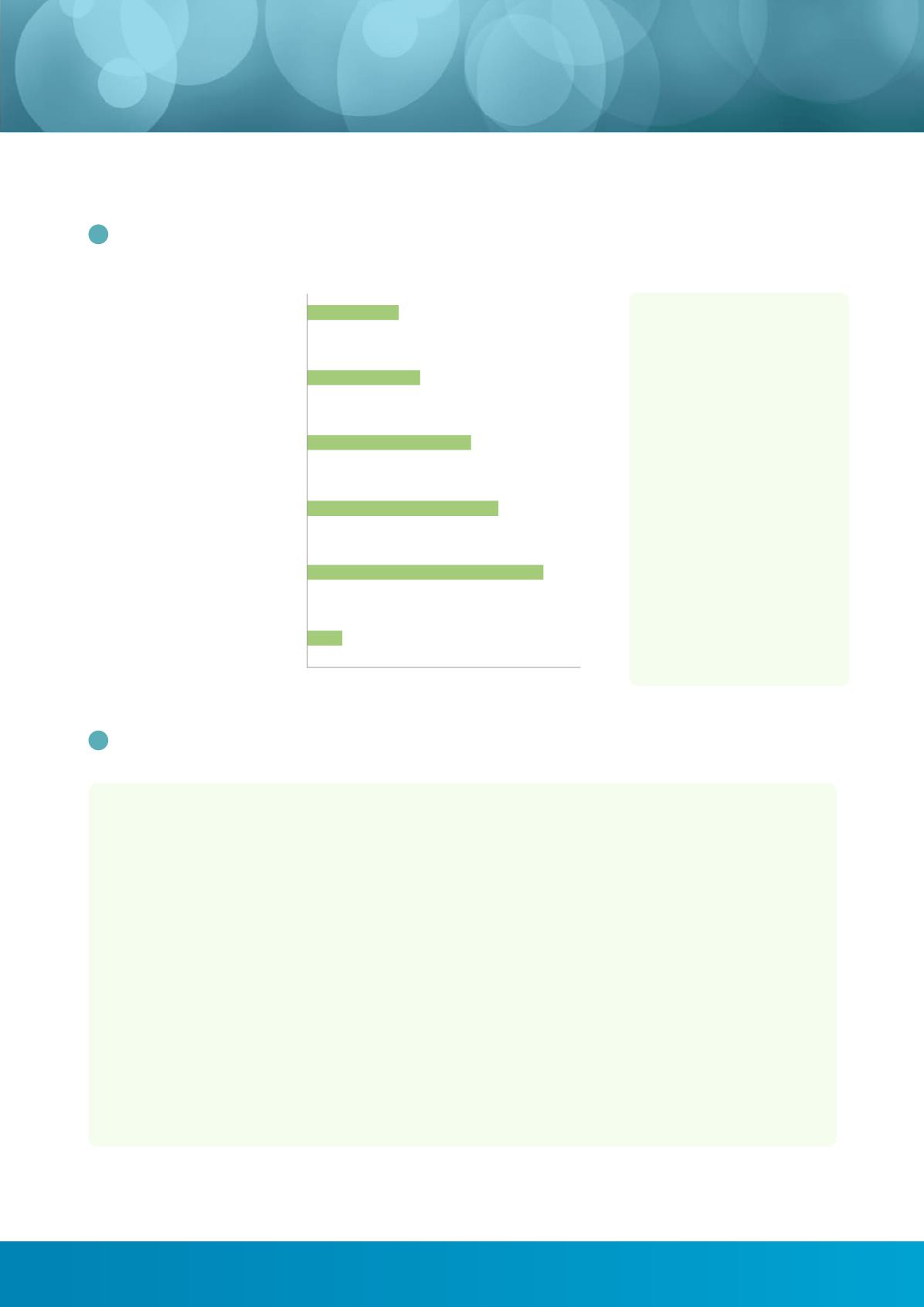
19
17
Does your organisation have any of the following in place to address
the needs of people with low health literacy
18
If you have ticked any of the above, please tell us more about it.
0
20
40
60
80
100
120
140
18, (9.5%)
A health literacy strategy or policy
121, (64%)
User involvement or engagement
with health literacy in mind
98, (51.9%)
Telephone or face to face services
84, (44.4%)
Printed publications designed for
people with low health literacy
58, (30.7%)
Online/web based information designed
for people with low health literacy
47, (24.9%)
Audio/visual information designed
for people with low health literacy
• Two thirds of
respondents undertake
user involvement with
health literacy needs in
mind.
• Half provide face to
face and telephone
information services;
these are more likely
to meet the needs of
people with low health
literacy.
• Fewer than 10% of
respondents had a
health literacy strategy
or policy in place.
This was a free field response. There was a good
mix of ideas and initiatives, many involving service
users, which show a commitment to considering
health literacy. Keywords included ‘experts’
‘face to face’ and ‘plain English.’ These are some
direct quotes from respondents which typify the
responses:
‘We ask users to review our information and
specifically comment on any areas that are hard
to understand.’
‘We signpost people to relevant information and
resources.’
‘We involve users in the development of all our
content - we hold equality assessments to try
to reach hard to reach audiences, and we’ve
involved people in decisions about making our
content more accessible - we have a telephone
helpline with textphone and a translation line
available - we don’t produce printed info for
people with low health literacy but we distribute
content developed externally for this audience
(and we’re hoping to start developing our own
content in-house) - we produce a suite of audio
materials and have involved users in focus
groups to develop these.’
‘We see patients with a variety of conditions
frommany cultural backgrounds and with
learning and other disabilities. A one size fits
all approach does not work.’


